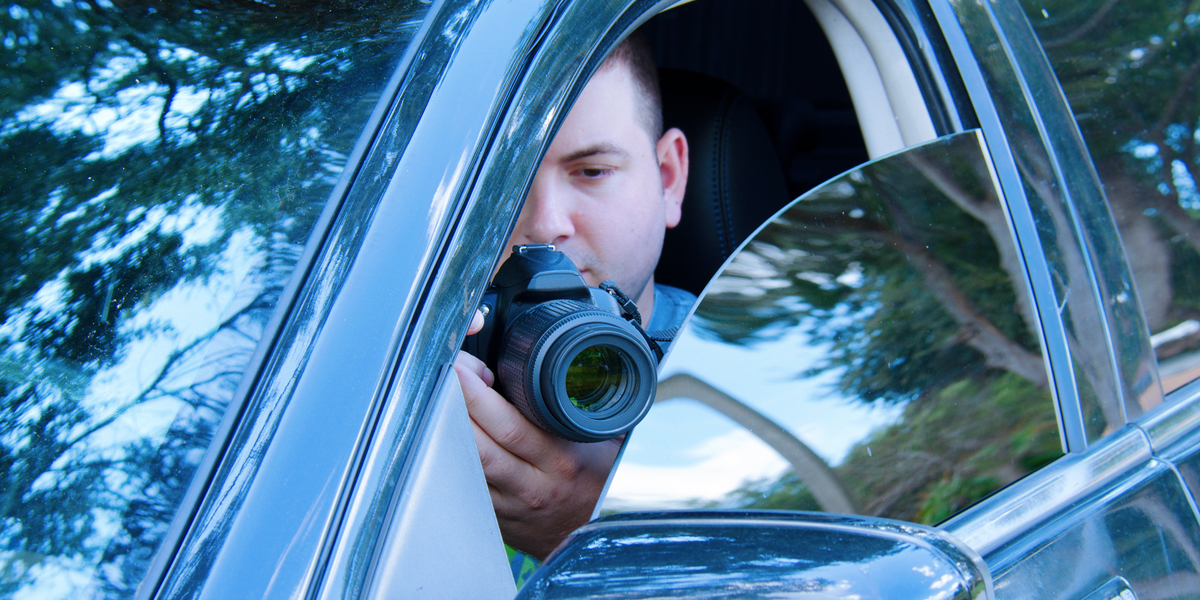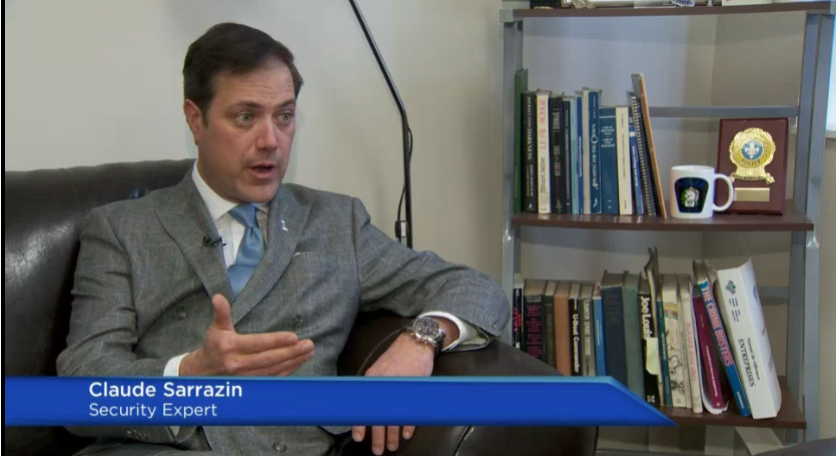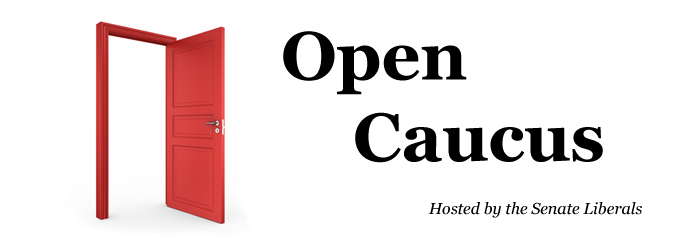
Physical surveillance of employees is nothing new but is often decided against because of allegations of invasion of privacy. However, when performed properly and in compliance with the law, it remains the best-documented way to verify employee integrity.
What is the use of physical surveillance of employees?
Physical surveillance, more commonly referred to as tailing or shadowing, is an investigation technique used by professionals to digitally record and individuals’ actions and behaviors outside the workplace. This monitoring makes it possible to determine:
- The employee’s physical abilities;
- Culpable absenteeism;
- The consumption of drugs and/or alcohol during work breaks;
- Employee loyalty; and
- Moonlighting.
Surveillance creates an opposition between the employer’s right to protect itself and manage its company, on one hand, and the employee’s right to privacy and protection of private information, and the other. This opposition generally dissuades managers from physically monitoring their employees. However, it is important to keep in mind that the employer has a right to take all necessary measures to protect its property.
In this respect, it is worth citing the following excerpt from the Bridgestone/Firestone affair:
“Charters of rights were written to protect the rights of individuals and not to be complicit in their deceit.”
What conditions are necessary for tailing?
Before the investigation:
First, the employer should have reasonable and rational grounds to question the honesty of an employee. The employer should be able to justify the use of tailing to check whether said employee is fulfilling his or her obligations. The employer also needs to take reasonable measures; in other words, it must use surveillance as a last resort.
In addition, when calling on an outside firm to perform tailing, the employer must be sure to hire professionals whose work is governed by law, if applicable under the Private Security Act. This means the hired firm, as well as its investigators, must hold all required licenses.
During the investigation:
Physical surveillance of the employee should be the least intrusive possible, limited in duration, and must not be an invasion of privacy.
After the investigation:
The resulting recordings or footage may be used as evidence in court as long as established rules are followed. First, the investigator must be reliable, hence the importance of entrusting the job to a recognized firm. Next, the recording must be credible. The images must enable identification of the individuals appearing on them, the facts must be demonstrated, and the recording may not be tampered with. Finally, in the event of disability fraud, for the recording to be valid, it must enable visual recognition of the employee performing movements that are incompatible with prescribed medical limitations.
It is also important to obtain the employee’s version of the activities in question before showing him or her the video excerpts, in order to observe the employee’s reaction, which will determine credibility. However, the employer is not obligated to show the recordings to the employee or the union before undertaking disciplinary measures.


